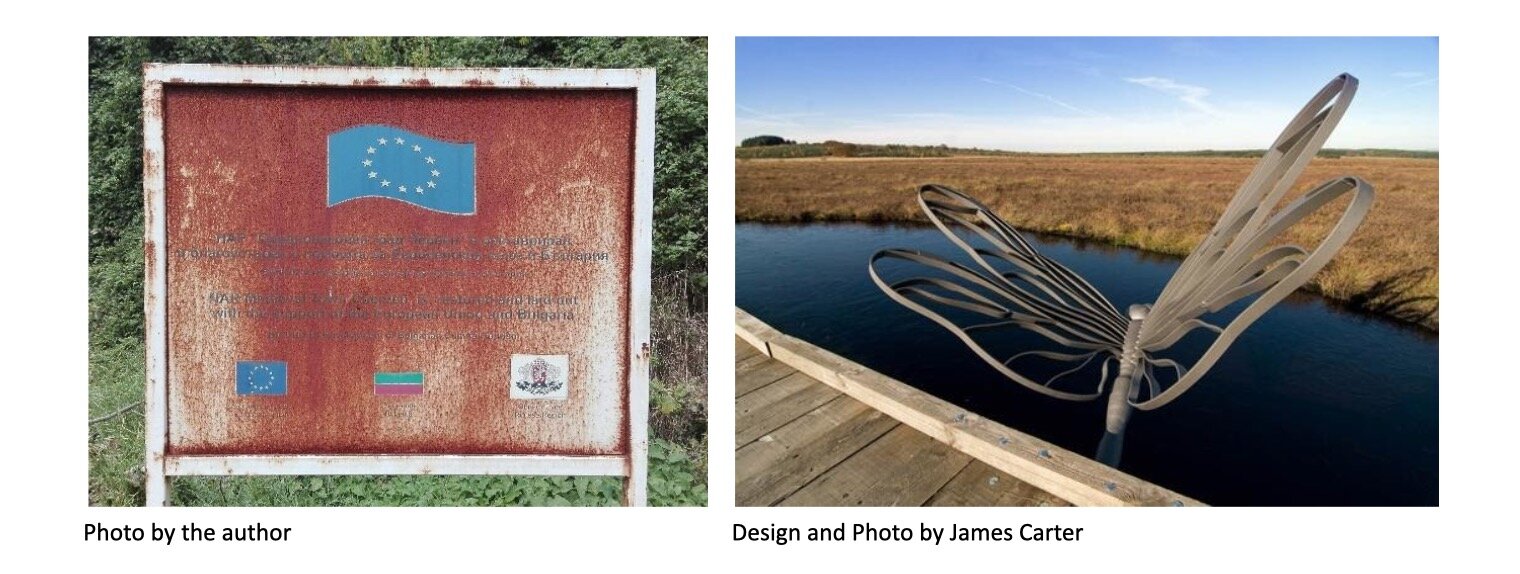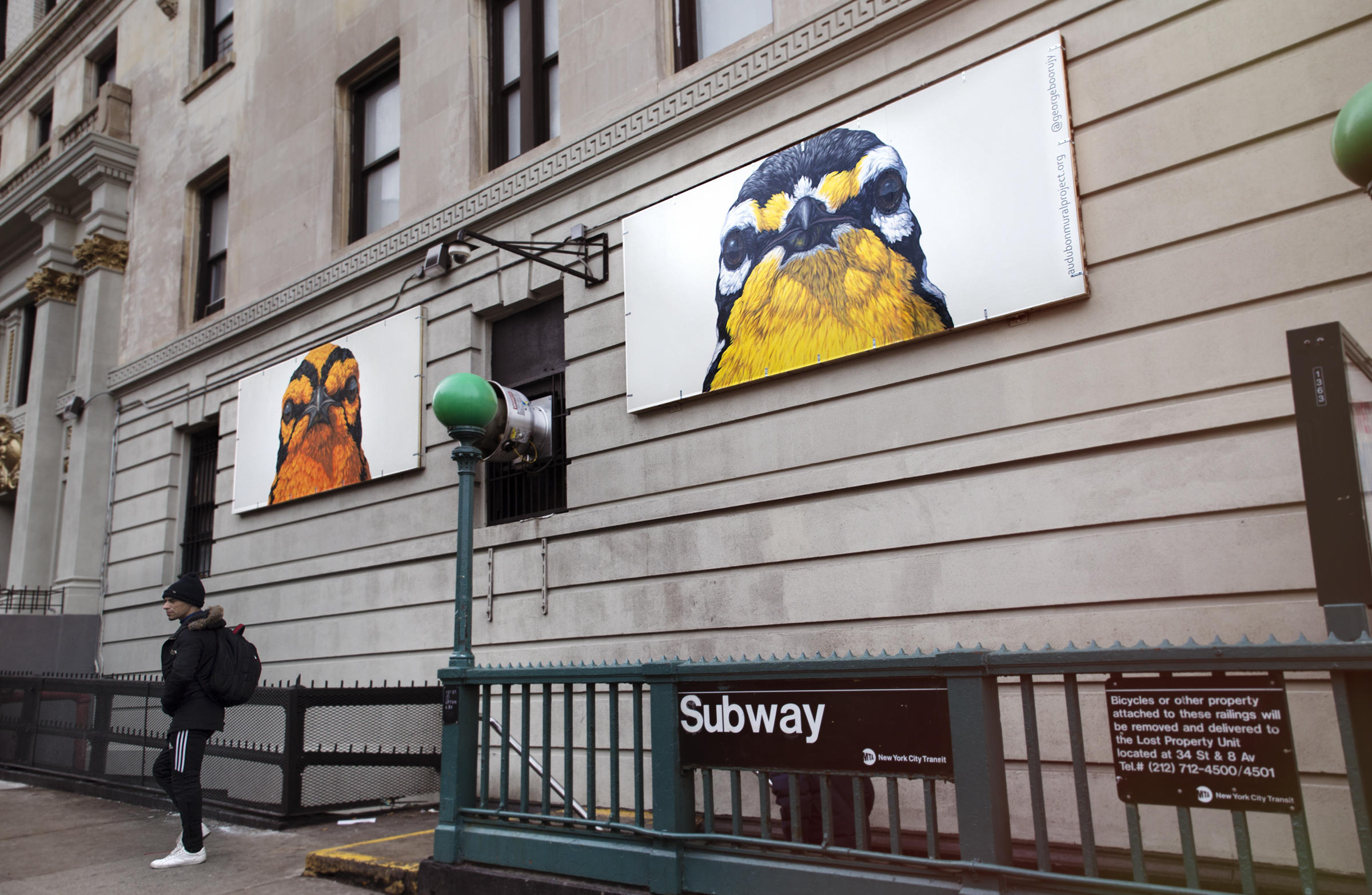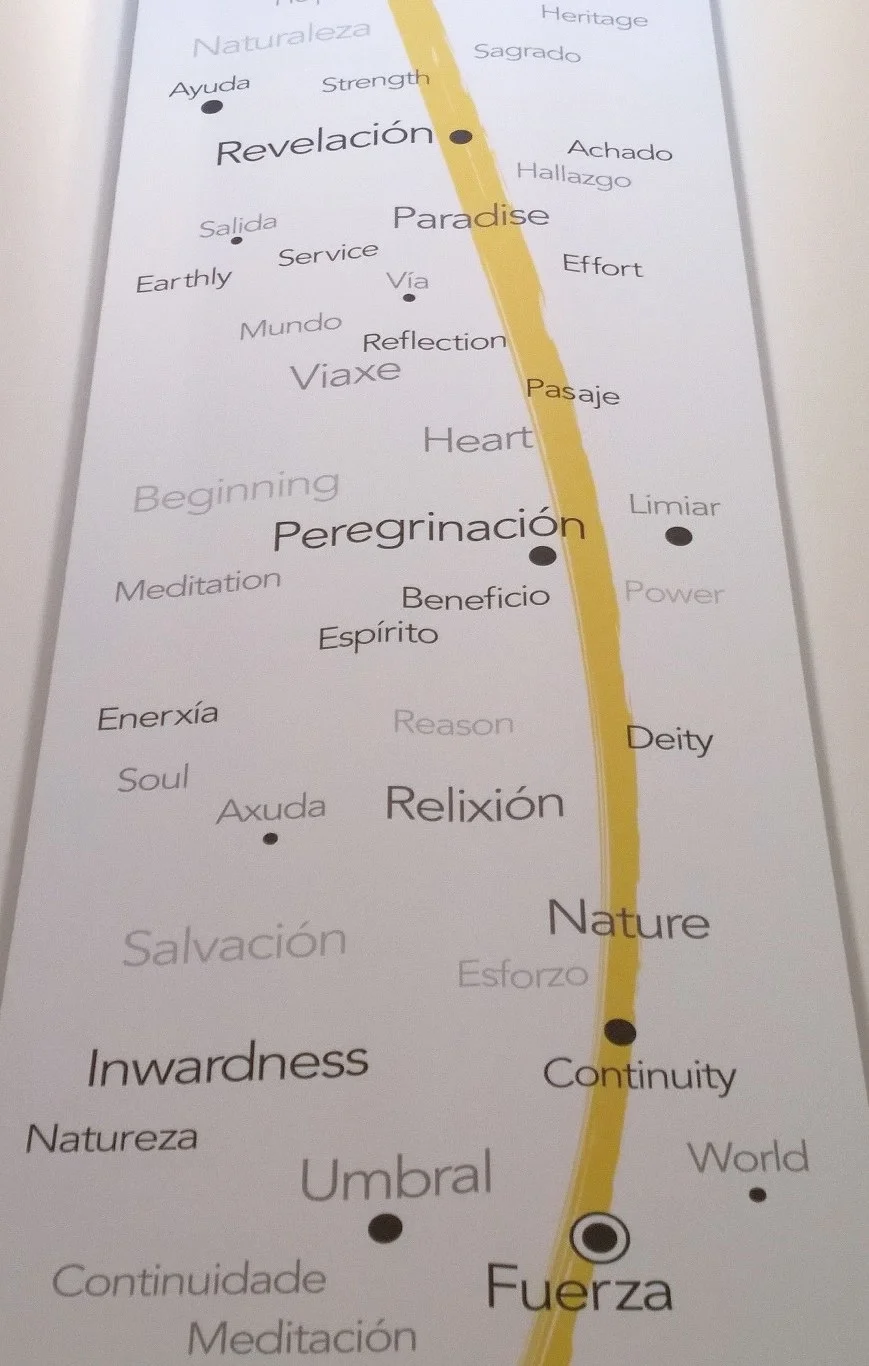Reading a recent Experiential Interpretation manifesto by Steve Van Matre, I was especially struck by a very thought -provoking section called Revisiting Tilden, about how the writings of the father of park interpretation should be interpreted and how they have been applied for years in a short-sighted way. Because of this, our field is still caught in a former-thinking paradigm trap that we need to escape from, in order to be relevant and impactful now and going forward.
As the experiential interpretation essay points out, communicating messages through a presentation approach whether monologue or dialogue, personal or non-personal, is not fulfilling the important task of counteracting visitors “being out of touch” with our natural heritage and “out of reach” with our cultural heritage.
Let’s explore some of the highlights of this snappy 18 -page hard - hitting manifesto analysis that lays out where the interpretive field needs to change and improve, in order to truly enrich the visitor experience at our natural and cultural heritage sites. Ah, but first some background, some reminiscing and some chewing on Tilden from a new context.
Revisiting the Genesis of Interpretation
The writings of Freeman Tilden, that pioneer in interpretation, captured the underlying philosophy of the field as it began to take shape. I dug out my dog-eared copy of Interpreting Our Heritage, re-discovered many gems in this seminal work, revived a few memories, and came away telling myself “Always take time for Tilden.”
“The interpreter’s main reliance will be upon a proficiency in what we call rhetoric; that is the art of writing or speaking. Especially, it implies skill in the presentation of ideas.” Unfortunately, this is part of the paradigm presentation trap. Tilden comes from the foundation that interpretation is an “educational activity,” a better way to inform visitors “…whether written, oral or projected,” by “…revealing meanings and relationships.” The 1967 forward to the 2nd edition states that the interpreter seeks to open a person’s mind and communicate ideas. This is all very cerebral and misses other human components that are essential to forming a sense of place/relationship between visitor and an heritage site.
Though Tilden’s principles expanded on how to do this effectively the core premise relating to the art and delivery of “idea” communication took precedence with interpreters of the 1950’s and has persisted into the 21st Century.
This attempt to improve the publics’ understanding, appreciation and awareness of an heritage site came from the teaching perspective of a passionate person thinking he had to inspire a somewhat passive receiver with meaningful knowledge.
Since the days of unidirectional education we have evolved towards a more relational approach and respect for diverse visitors and situational knowledge. Yet we still see the heavy influence of the communication mindset involving a sender-message-receiver model.
Getting Unstuck
The continual movement towards more active participation and engagement, with a greater sense of collaboration and sharing is regretfully still in its infancy, and this is problematic. We in the field continue to talk much more about crafting a message rather than creating an experience and this is also problematic. In the September/October 2020 issue of NAI’s Legacy magazine, the editor Paul Caputo, points out how the tenets of graphic design are quite similar to those of interpretation. He is exactly right and that is problematic. Interpretation and graphic design both address visual communication really well, yet the business of creating visceral, emotional and intellectual connections for an audience (or visitor) within an heritage site, needs to focus on much more than communication.
This is what was troubling me back in the 1970’s when I had my Eureka moment.
In the forward to the 2nd edition (1967) of Interpreting Our Heritage, there is a quote
“Awaken people’s curiosity. It is enough to open minds; do not overload them. Put there just a spark. If there is some good inflammable stuff, it will catch fire.” ”
I had attached that quote to my desk as a constant reminder of what to strive for, as an interpreter with our National Park Service in Canada, in the 1970’s.
Then in the last paragraph in Tilden’s last chapter, called Vistas of Beauty, a powerful yet haunting line appears:
“It is the duty of the interpreter to jog our memories to appreciate beauty.”
The thing is, I was never quite sure how to do the necessary “jogging.” I always had this nagging feeling that there was something missing. “Creating the spark…” was more difficult than just being clever with words in a presentation or a conversation – trying to achieve this with forms of communication and mind engagement was missing the mark.
Jogging Memories of Beauty
Only when I attended an Acclimatization Workshop sponsored by The Institute for Earth Education in the mid 70’s and took part in an Earthwalk conducted by Steve Van Matre, did I finally grasp what was missing. I needed to focus on full body engagement and rich first-hand experiences with the natural or cultural site (for more background review our blog post this April 2020).
Photo credit Bill Reynolds
Suddenly engagement took on a whole new meaning and when I incorporated the Acclimatization principles being practiced, my naturalist walks started to have a deeper impact on people and connect them to the place on many more levels. I had begun to discover how to jog people’s memories of beauty.
There were many relationship learning principles that helped to guide me, however the most influential was- “Start where your learners are not where you are.” That had been the missing component when I designed my interpretive programmes. I needed to think more about experiences and less about “show and tell” presentation style walks, however incredibly edutaining they were.
This was truly a Eureka moment for me and at that point I decided to do my Master’s of Science in the Interpretive Services Program that Professor Van Matre led. Fast forward to the year 2009 and my first reading of his book Interpretive Design and the Dance of Experience based on decades of experience and critical observation. My initial love of front-line interpreting in parks and nature centres combined with all my subsequent planning and design work on visitor experiences gelled when I dove into this book (read our March 2018 blog post).
Bill as part of a visitor experience assessment
Coming from my visitor experience background I was deeply entrenched in the customer service and retail business tenets of the Experience Economy that Joseph Pine II and James Gilmour had espoused in their highly influential book of the same name. I could see the applicability for heritage site visitors where the concept of providing a service (interpretive or visitor) was needing a boost upward into the art of creating an experience.
Van Matre’s book was timely and involved not only heritage site purpose principles but also service business improvement principles. By refocusing on site mission and BIG picture universal processes that shape our world and connect people with place, he was reuniting essential elements for heritage success. It appeared that these were getting forgotten in the rush to increase attendance and revenue. Understanding the needs of the visitor’s leisure journey was important but not at the expense of the values of the site being explored.
Hooking the interest of visitors based on the place’s mission was necessary and needed to be emphasized over simply catering to visitor interests. Finding the happy marriage of both was stressed as critical for visitor support, management support and the long-term rejuvenated future role for interpretation.
We will continue this story in Eureka Moment Part 2 and resolve how to design for engagement to release us from the communication paradigm and presentation trap many interpreters find themselves in. Being in touch and within reach with our diverse set of visitors is going to require more than mind connections and imparting knowledge to achieve awareness and appreciation. We will also circle back to the Experiential Interpretation manifesto that kickstarted this strategic assessment.














































































